Northland, New Zealand: Top 5 Adventures in the Far North
New Zealand's Far North and Bay of Islands will exceed expectations. Go beyond the highlights of Northland to find lesser-known experiences, enjoy panoramic views, see where the nation was born, and explore isolated bays.
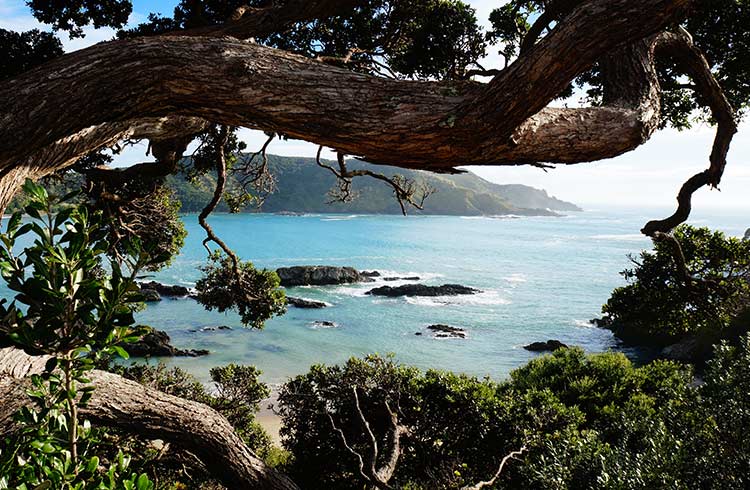 Photo © Martina Grossi
Photo © Martina Grossi
- Visiting Northland
- Sunset at Cape Reinga
- Camping in Matai Bay
- Island hopping in the Bay of Islands
- Long Beach & Donkey Bay
- Panoramic views at Mount Parihaka
- Quick tips
Visiting Northland
Cape Reinga (Te Rerenga Wairua in Te Reo Māori), is not only the north-westernmost point of New Zealand, it’s also one of the most sacred spots in the country. With plenty of beaches and rugged coastlines to explore, this region is a wonderful destination to soak up the sun, and learn about where the nation was born.
Northland starts about one hour's drive north of Auckland. It’s often overlooked by visitors focusing in the main circuits, as it can be quite an effort to go up north and back down south along the same route.
There are tours that can take you on a day trip to Cape Reinga and sand boarding at the 90 Mile beach, from Paihia or Kaitaia. The downside is that you would leave without experiencing the remote bays on the east coast and the magic of a sunset in the Cape.
So, get your own vehicle and camping gear to see Northland, and give yourself at least four or five days to take it all in.
Of course, you could just check out the highlights: 90 Mile Beach, Waitangi Treaty Grounds, Waipoua Kauri Tree forest, and Hole in the Rock. But, if you’re ready for the adventure, indulge in these lesser-known experiences.
1. Sunset at Cape Reinga
Standing at the most sacred place in Aotearoa, watch the sun set over the hills and listen to the sound of the wind and the ocean slamming into the coast. This is where the ancient pohutukawa tree stands, and where, after death, all Māori spirits take the leap to go back to their ancestral home.
It’s a six-hour drive from Auckland on SH1. This is the only road that crosses Northland’s region in full. Once you're there, take a ten-minute walk from the carpark to the lighthouse.
This is a sacred place in Māori tradition, and you’re not allowed to eat or drink here. It goes without saying, you should always show respect to local beliefs and customs.
We went to the Cape during peak season, but there were only five other people there in the evening. I’ve heard it can get pretty crowded around lunch – when the tourist buses get there – so I’d suggest planning to go in time for sunrise or sunset.
After we picked up the hire car from Auckland airport, we began the journey north. We took a few days to drive along the east coast, driving along SH 10 and exploring remote bays, like Spirits Bay and Matai Bay.
If you find a campsite along the way, be responsible and practice “leave no trace” camping rules.
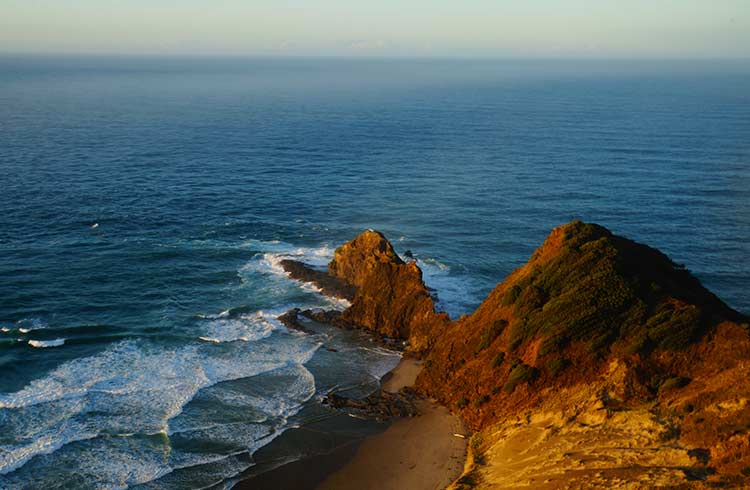
2. Camping in Matai Bay
On the Karikari peninsula, Matai Bay is worth the detour. Whether you go camping by the beach or choose to walk or climb to see unparalleled panoramic views of the landscapes all around, there’s no way you’d regret checking this place out.
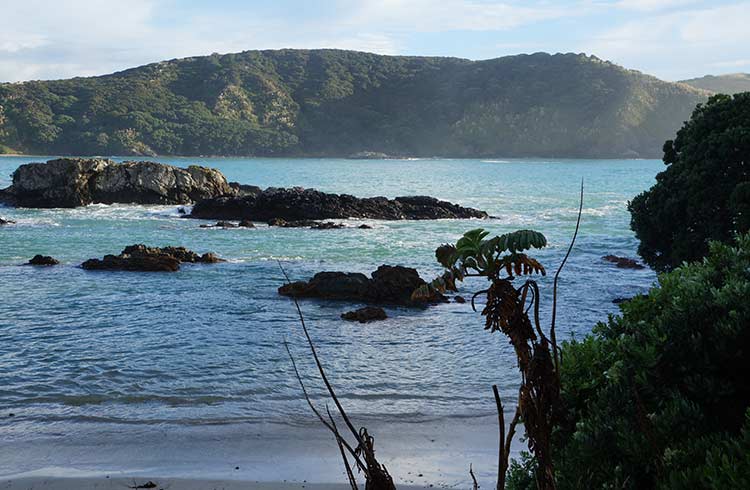
3. Island hopping in the Bay of Islands
After finding solitude in the remote bays of the Far North, head to Paihia. This spot might be the main tourist hub in the Bay of Islands, but a visit will prove why it gets the hype.
Bring on subtropical weather and sunny pristine beaches as you choose from one of 100+ islands to go island hopping (for approximately US $110-185/NZ $183-308).
Talking to people at the pier, we found a public water taxi and paid US $17 (NZ $25) return to get to Urupukapuka Island, leaving us in Otehei Bay for the whole day. There, we enjoyed watching the sunset with a panoramic view of the beach and other islands around. (Note: In 2024, it's unclear if water taxis are still available but there is a ferry for US $36/NZ $60 round trip.)
5 things I wish I knew before going to Otehei Bay
- We found three campsites here, but the water taxi was due to take us back that evening.
- If you choose to camp on Urupukapuka Island, bring your own camping gear, hiking shoes to explore the island’s tracks, food, sunscreen, insect repellent, and small change.
- Make sure you leave your vehicle in an authorized parking spot in Paihia, as you can’t take it to the island, and you don’t want it to get towed away!
- There is only one restaurant and it’s located by the pier in Otehei Bay. It closes around 5:30pm.
- The campsites are very basic and have no power. It’s recommended to book ahead (you can do so through the Department of Conservation’s website).
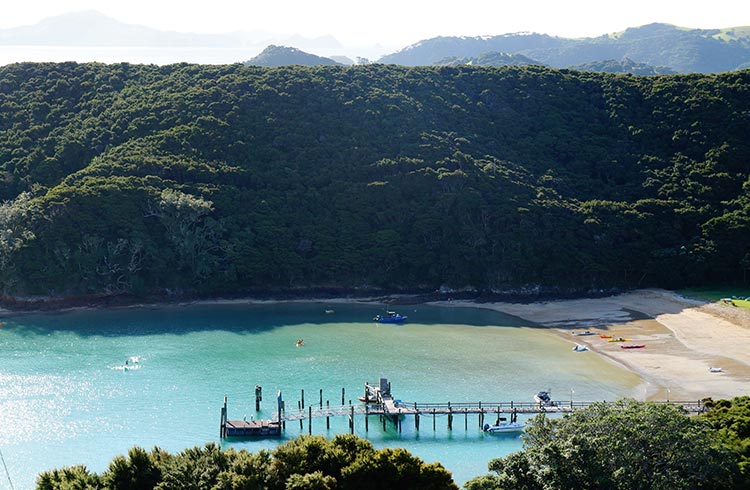
4. Long Beach and Donkey Bay
Don’t miss dropping into Russell – the historic town where the first European settlement took place.
Take a 20-minute walk from the main street to Long Beach, where you’ll find local families relaxing on the sand or trying their best at water sports.
I found a really cool, isolated, sheltered beach nearby. To my surprise, the few people I found there were practicing naturism. Later on, I found out I’d stumbled upon Donkey Bay, an official nudist beach.
If you decide to visit, be mindful and show respect to those that are there. If it’s not your cup of tea, hang out at Long Beach.
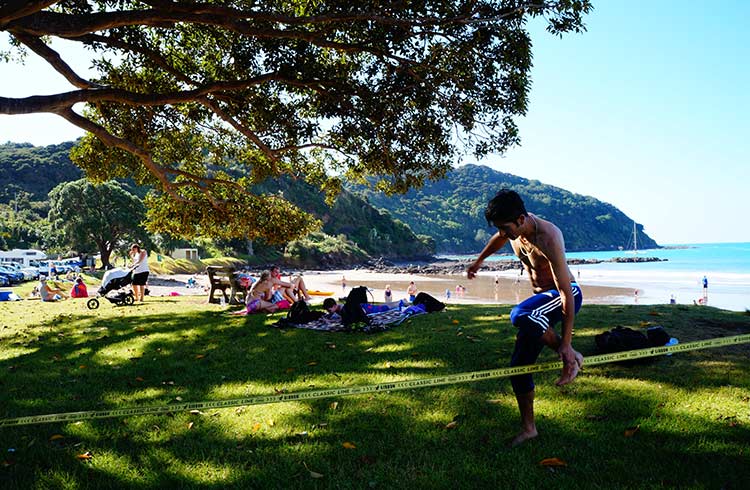
5. Panoramic views at Mount Parihaka
If you’re heading to Whangarei, don’t miss out Mount Parihaka scenic reserve.
We did the summit track to check out the panoramic views of the town, but there’s so much more to this place: The Māori made their most important fortress here, and at the summit, there’s a World War II Memorial.
This is an easy track, but you should allow two hours for the return hike.
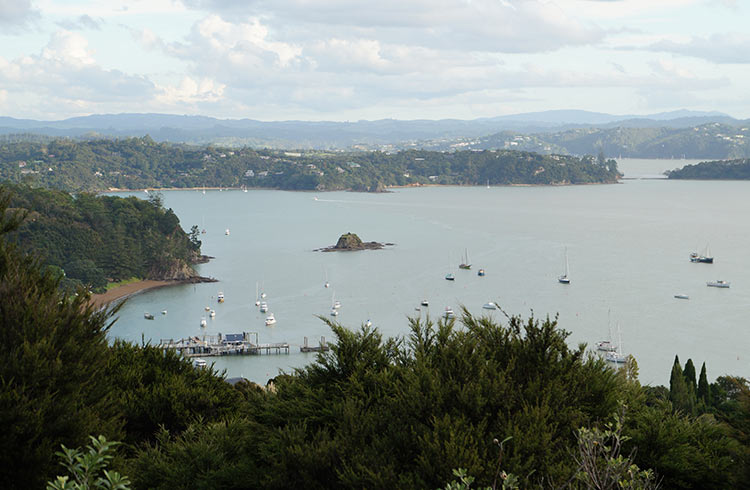
Quick tips
- If you’re keen to take your exploration to the next level, check the Department of Conservation’s website. The site is great for planning, finding camping information, huts, and all you need to know to travel like a local.
- If you’re buying or renting a car, make sure it’s in perfect condition. We always rent small cars and sleep in a tent to avoid campervans with heavy engines.
- Have enough fuel at all times, as in the northernmost part of the Far North there are no fuel stations.
- The Northland region is a year-round destination, but it's a good idea to pack extra layers of clothing and plenty of
sunscreen . - Be responsible if you’re freedom camping. Always leave your campsite in perfect condition. If you don't, these spots won't be available to future generations.
Related articles
Simple and flexible travel insurance
You can buy at home or while traveling, and claim online from anywhere in the world. With 150+ adventure activities covered and 24/7 emergency assistance.
Get a quote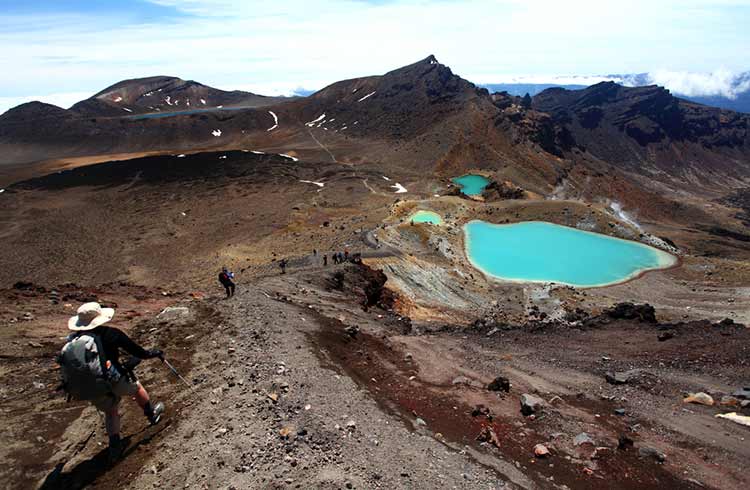

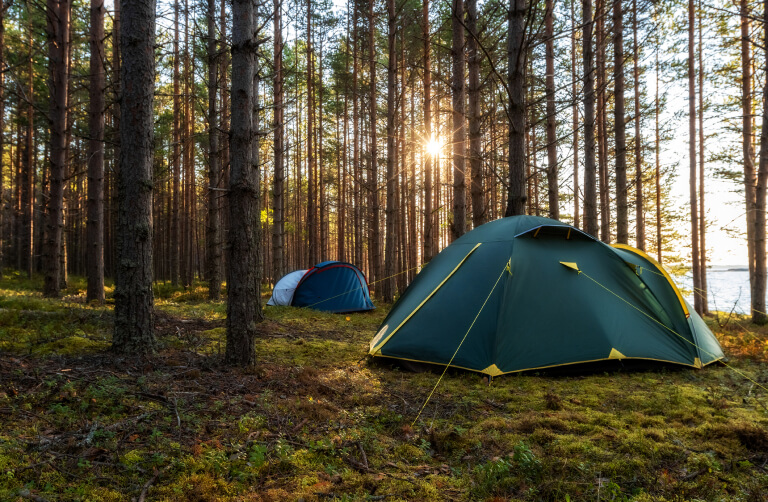
No Comments